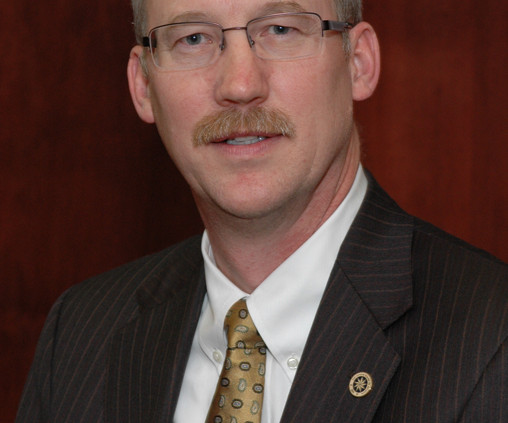Fill Graduation Gaps, Transform Higher Ed
Diverse: Issues in Higher Education
APRIL 20, 2023
Higher education is one of the most powerful assets our state has to uplift families, support businesses, and create prosperity. Graduates of higher education have increased volunteerism, improved health outcomes, and lower incarceration rates. Historically, higher education has underserved many Kansans.


















Let's personalize your content